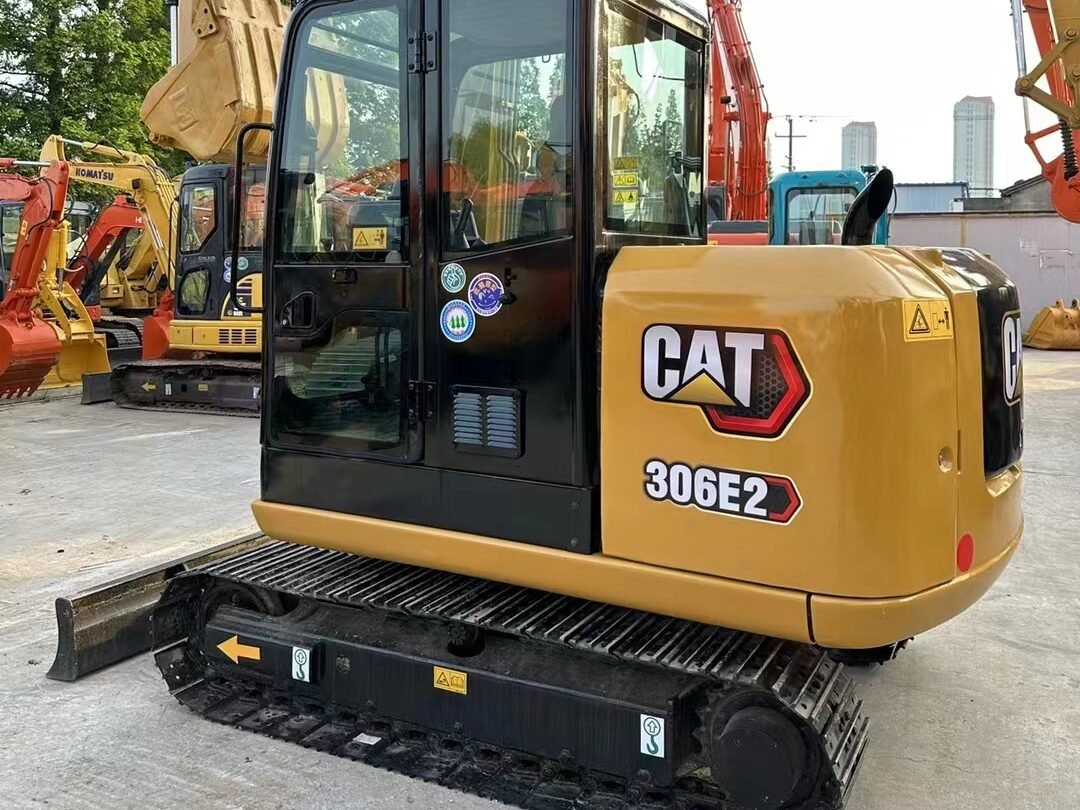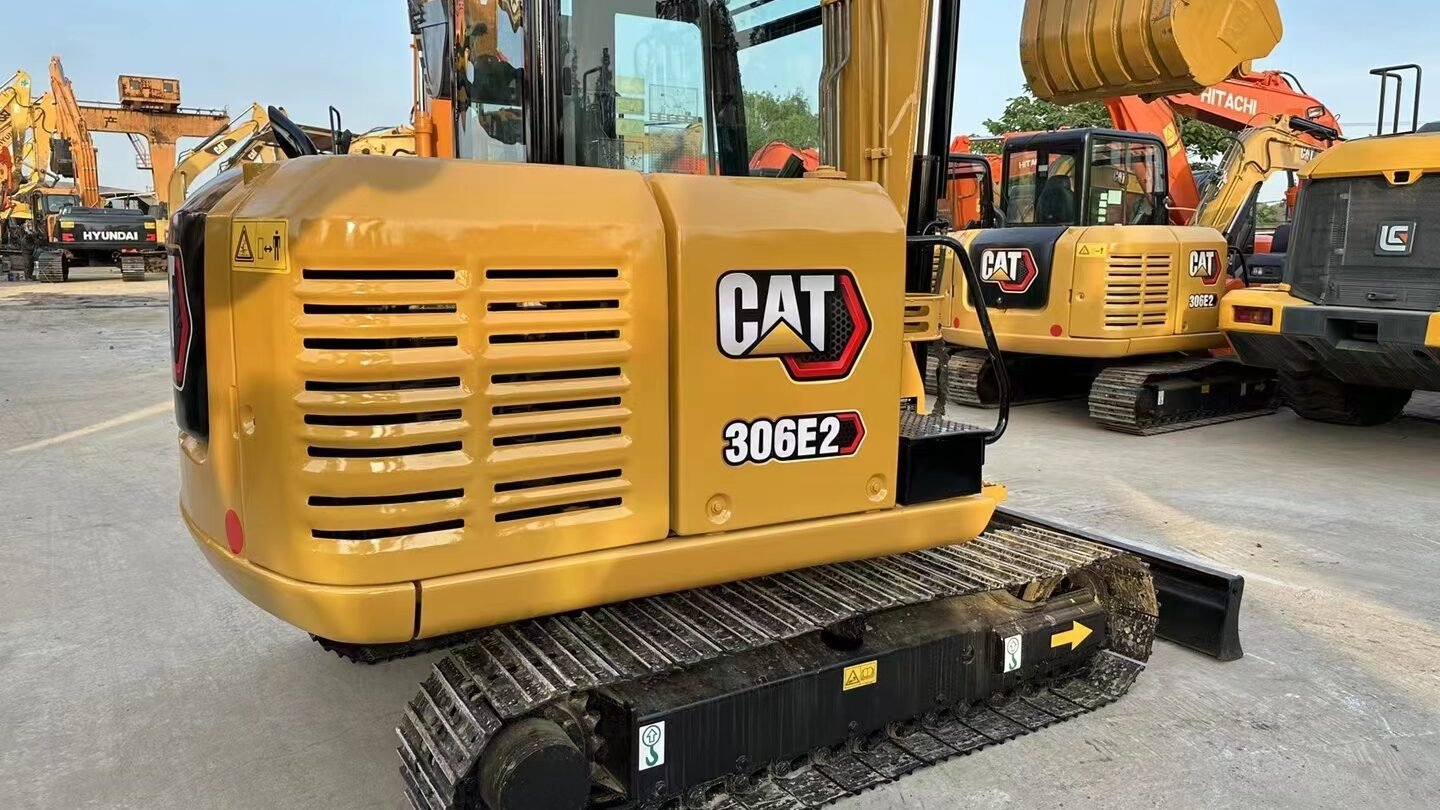
I. Introduction
A. Importance of Excavators in Construction
Excavators are indispensable heavy equipment in modern engineering and infrastructure projects. They play a critical role in earthworks, foundational construction, mining operations, and urban development. The efficiency and performance of excavators directly impact project timelines and costs, making the selection of the right brand crucial.
B. Market Competition Among Various Brands
With increasing market demand, the number of excavator brands has grown, intensifying competition among them. Each brand has unique technological advantages and market positioning. Understanding their characteristics and differences helps users make more informed choices.
II. Overview of Major Excavator Brands
A. Caterpillar
- Characteristics: Caterpillar is renowned for its durability and robust structure, making it suitable for harsh environments. It features advanced technology with various intelligent control systems.
- Applicable Fields: Primarily used in heavy engineering, mining, and large-scale infrastructure projects, widely deployed in major projects worldwide.
B. Komatsu
- Characteristics: Komatsu focuses on fuel efficiency and environmentally friendly designs, excelling in emissions control. Additionally, it offers excellent maneuverability for complex tasks.
- Applicable Fields: Suitable for construction, civil engineering, and high-performance needs in medium and small-scale projects.
C. Hitachi
- Characteristics: Hitachi excavators are known for their flexibility and operator comfort, utilizing innovative ergonomic designs to reduce operator fatigue.
- Applicable Fields: Ideal for urban construction, excavation, and backfilling where precision is essential.
D. Doosan
- Characteristics: Doosan is favored for its high cost-performance ratio and technological innovation, providing excellent after-sales service to quickly resolve user issues.
- Applicable Fields: Widely used in medium-scale projects, landscaping, and local construction.
E. Other Brands
- Examples: Volvo offers high safety and comfort levels; Mitsubishi focuses on economical excavators; SANY is gradually gaining market share due to competitive pricing and good performance.

III. Technical Characteristics of Each Brand
A. Power Systems and Performance
- Different brands exhibit variations in engine performance and power output. Caterpillar and Komatsu typically offer higher power for heavy-duty applications, while Doosan and Hitachi excel in fuel efficiency.
B. Operating Systems and Ergonomics
- Each brand has its unique approach to operational convenience. Komatsu and Hitachi prioritize user comfort, enhancing the operator experience through optimized seating and control console designs.
IV. Price and Maintenance Cost Comparison
A. Initial Purchase Cost
- The price ranges among brands vary significantly, with Caterpillar generally positioned in the high-end market, while Doosan and SANY provide more competitive pricing suitable for budget-conscious users.
B. Long-Term Maintenance and Operating Costs
- Maintenance costs are a critical factor for users to consider. Caterpillar offers widely available parts but at a higher price; in contrast, Komatsu and Doosan provide relatively economical maintenance and good service support.
V. Market Feedback and User Reviews
A. User Satisfaction Surveys
- By surveying user satisfaction with various brands of excavators, insights can be gained on performance, reliability, and service support, assisting potential buyers in making informed decisions.
B. Case Studies
- Present real-world usage cases that showcase the performance of different brands in specific projects and user feedback, offering an in-depth analysis of each brand’s strengths and weaknesses.
VI. Conclusion
A. Selection Guide for Different Brands
- Provide recommendations for users based on the specific needs of various projects, budget constraints, and working environments to help them find the most suitable excavator brand.
B. Future Market Trends
- Discuss trends in the excavator industry, including technological advancements, environmental requirements, and changes in market demand, as well as the competitive landscape among brands, forecasting future market dynamics.

